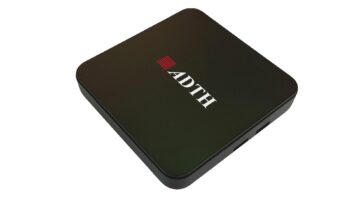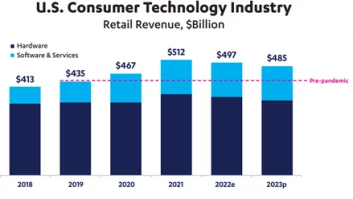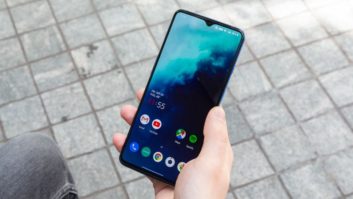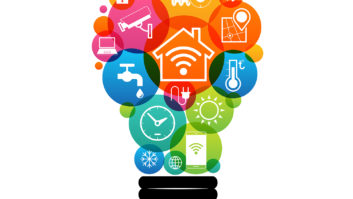At Google’s Android Honeycomb event on Wednesday, we got to experience the Android-based tablet’s hardware and software using the Motorola Xoom. The user interface includes apps arranged in grids and stacks. The larger screen of the Android tablets, compared to Android phones, enables a greater graphical usage experience and more opportunity for media-based multitasking. There were a handful of compelling applications that took advantage of the larger screen and higher horsepower of the Android tablets, as compared to Android phones. All-in-all, these devices-from the stable OS to the apps-looked ready for prime time.
The question now is: how will they be sold and where? The answer may seem obvious, but it has not been made public. This will be an essential element in the ultimate success of Android tablets. The tablet is arguably a hybrid of a phone and a PC. It turns on quickly and lasts as long as a smart phone, but it has a more robust operating system and greater horsepower than a smart phone, plus some similarities to a PC. However, the purchasing experience is very different for these two devices, and so far, it has not been clear where the tablet is best positioned to sell well.
As the industry learned from the mini-note category, carriers are not good at selling computing devices. There are questions around technical support and contact with the customer. If a customer purchases their mini-note from a carrier and has a problem with their device, there is a question of whom to call. The carrier? The notebook brand? The OS company? If it is the carrier, there are questions around how well-equipped they are to solve the problem. Carrier tech support is essentially trained to tell the user to turn off the device and turn it back on as a fix. Also, with the rise of WiFi, mobile computing users do not feel the need to purchase wireless data contracts from carriers. The end result is high return rates and the decline of mini-notes as products sold by carriers in their retail stores.
On the other hand, we have also learned that PC makers and traditional PC channels are not ideal for smart phones. The list of PC makers that tried to create and sell smart phones includes big names (like Dell, HP, Acer) that have already failed. It does not help that retail channels, where PCs are often sold, do not seem to offer the best customer experience when it comes to selling smart phones, particularly because the retailer is generally not receiving ongoing revenue from the voice/data plans that smart phones need.
So, if tablets are closer to smart phones, perhaps the carrier is the best channel, but if they are more like PCs, perhaps CE retail is better. The fact that tablets do not fit neatly into either classification makes this choice unclear. We have already started to see some of this tablet channel confusion with the Samsung Galaxy Tab. The company said it had shipped around two million tablets since the product’s introduction in November, but actual sell-through seems to be less brisk. Currently, Apple’s iPad is selling well in retail-its own retail-but no one else is replicating the Apple store experience. If others are to come close to Apple’s success, they will have to create a compelling sales channel.
Richard Shim – Senior Analyst, PC Group, DisplaySearch












